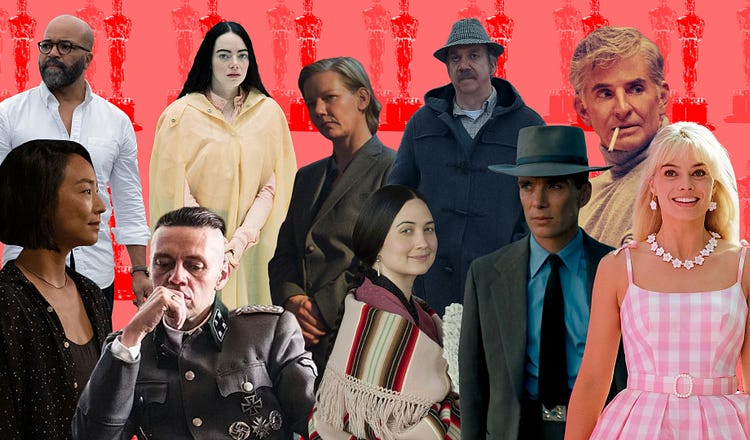It’s Oscar Night!

Stars of the 2024 Academy Awards Best Picture nominees. (Photo illustration by The Free Press)
The Free Press reviews the ten films up for Best Picture.
263
We don’t have high hopes for the Oscars ceremony tonight.
It’s Jimmy Kimmel’s fourth time hosting the thing, there’s apparently going to be a Scarface reunion that no one asked for, it’s the tail end of awards season, and we’ve seen enough mermaid gowns for a lifetime. But when it comes to the actual movies competing against each other, it’s an impressi…
Continue Reading The Free Press
To support our journalism, and unlock all of our investigative stories and provocative commentary about the world as it actually is, subscribe below.
$8.33/month
Billed as $100 yearly
$10/month
Billed as $10 monthly
Already have an account?
Sign In

